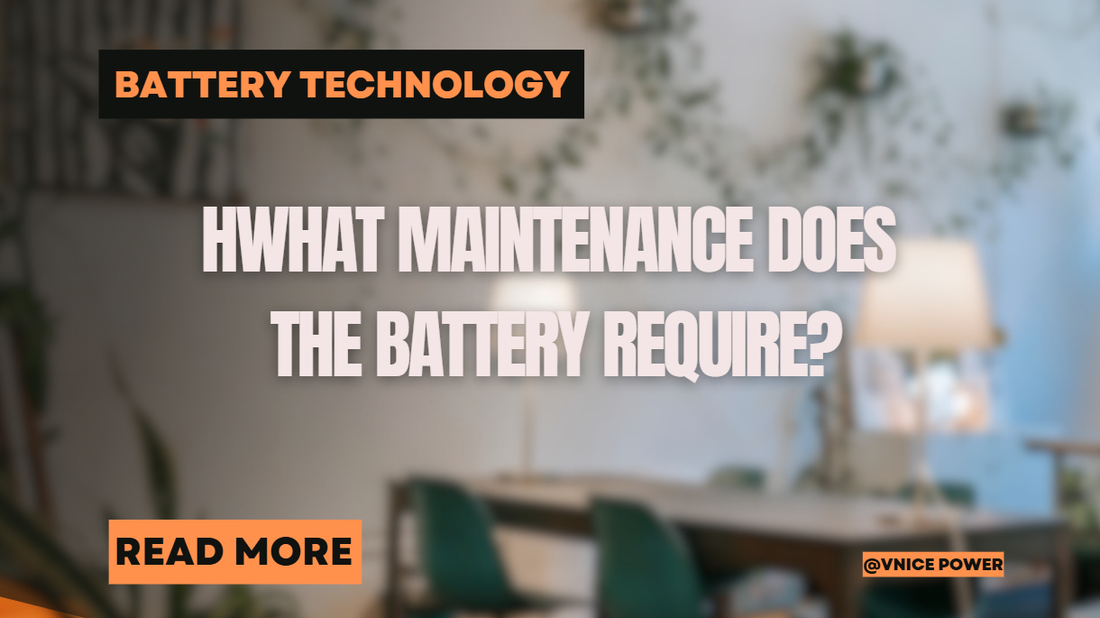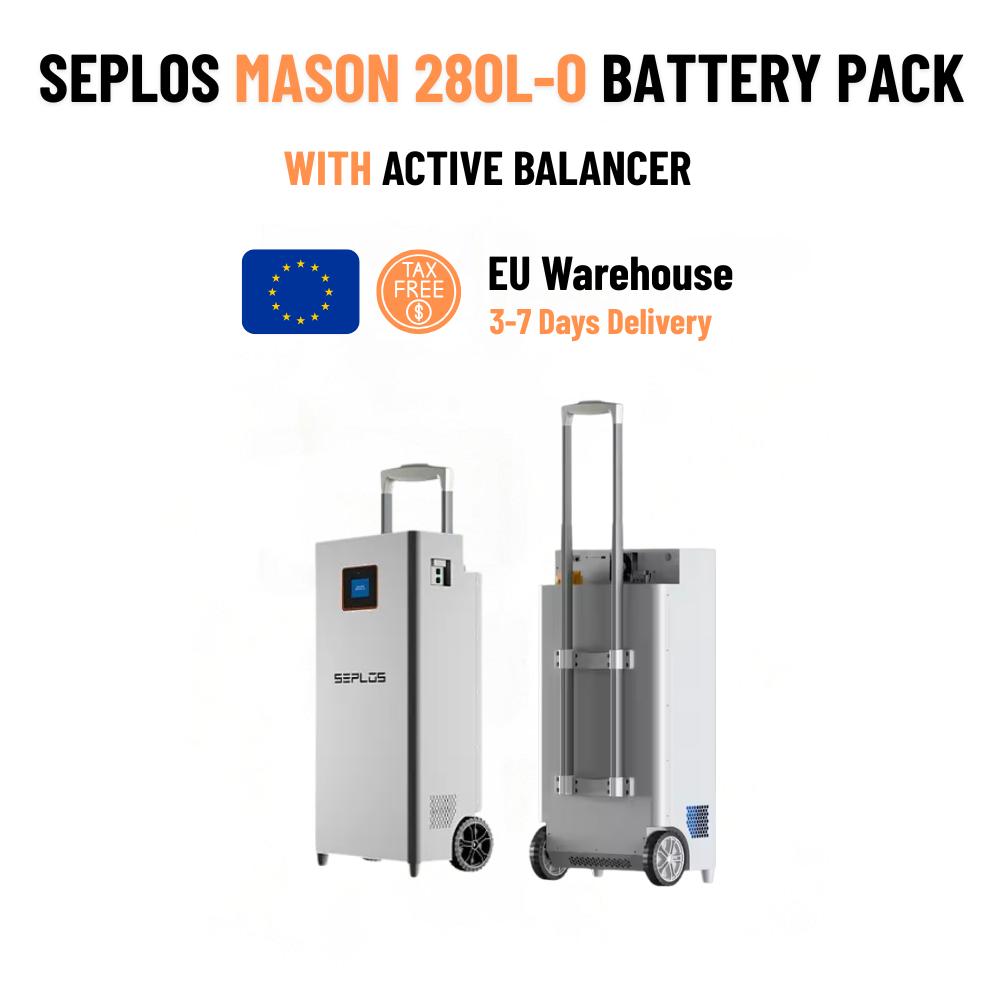
What maintenance does the battery require?
Introduction
A home energy storage system is a long-term investment that powers daily life, reduces electricity costs, and provides backup during outages. But just like any major appliance, batteries require care to perform at their best. Fortunately, modern lithium batteries—such as those offered by Vnice Power—require far less maintenance than traditional lead-acid systems.
So, what maintenance does your battery require to stay reliable for 10+ years? Let’s explore.
1. Routine Visual Checks
Inspect the battery casing and connections once every few months. Look for:
- Loose cables or terminal corrosion.
- Signs of swelling, leakage, or physical damage.
- Proper airflow around wall-mounted or floor units.
Keeping the environment clean and dust-free ensures better safety and efficiency.
2. Monitoring System Performance
Most batteries come with a Battery Management System (BMS) or a mobile app. Use these tools to:
- Track State of Charge (SOC) to avoid over-discharge.
- Monitor operating temperature (ideally 15–30°C).
- Receive alerts about abnormal voltage or current.
This digital monitoring reduces human error and maximizes lifespan.
3. Software & Firmware Updates
Like smartphones, energy storage systems often receive updates that improve safety and efficiency. Ensure:
- Firmware is updated according to manufacturer instructions.
- Inverter and battery settings remain synchronized.
- Automatic updates are enabled where possible.
4. Cleaning & Environmental Care
- Keep the installation site dry and well-ventilated.
- Wipe surfaces with a dry cloth—avoid water or harsh chemicals.
- For outdoor batteries, ensure protection against direct rain or extreme heat.
5. Professional Servicing (Every 2–3 Years)
While daily maintenance is minimal, scheduling professional inspections helps:
- Test capacity retention.
- Check for hidden cell imbalance.
- Verify grounding and system safety compliance.
Real-Life Example – Maintenance vs. Non-Maintenance
A household using a 10 kWh lithium battery without proper monitoring saw performance drop by 15% in 5 years.
Meanwhile, a similar system with regular BMS monitoring and annual servicing retained over 90% usable capacity after 7 years.
That’s a difference of over 1,500 kWh of stored energy, equivalent to €450 in electricity savings (at €0.30/kWh in Europe).
Modern lithium batteries require minimal maintenance compared to older technologies—but consistent care ensures long life, maximum savings, and safe operation.
👉 Explore our full range of low-maintenance, high-performance storage systems at Vnice Power and power your home with confidence.

